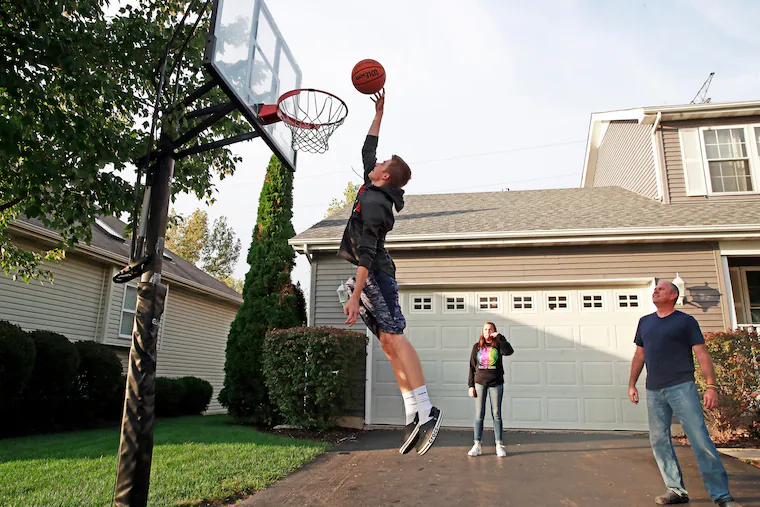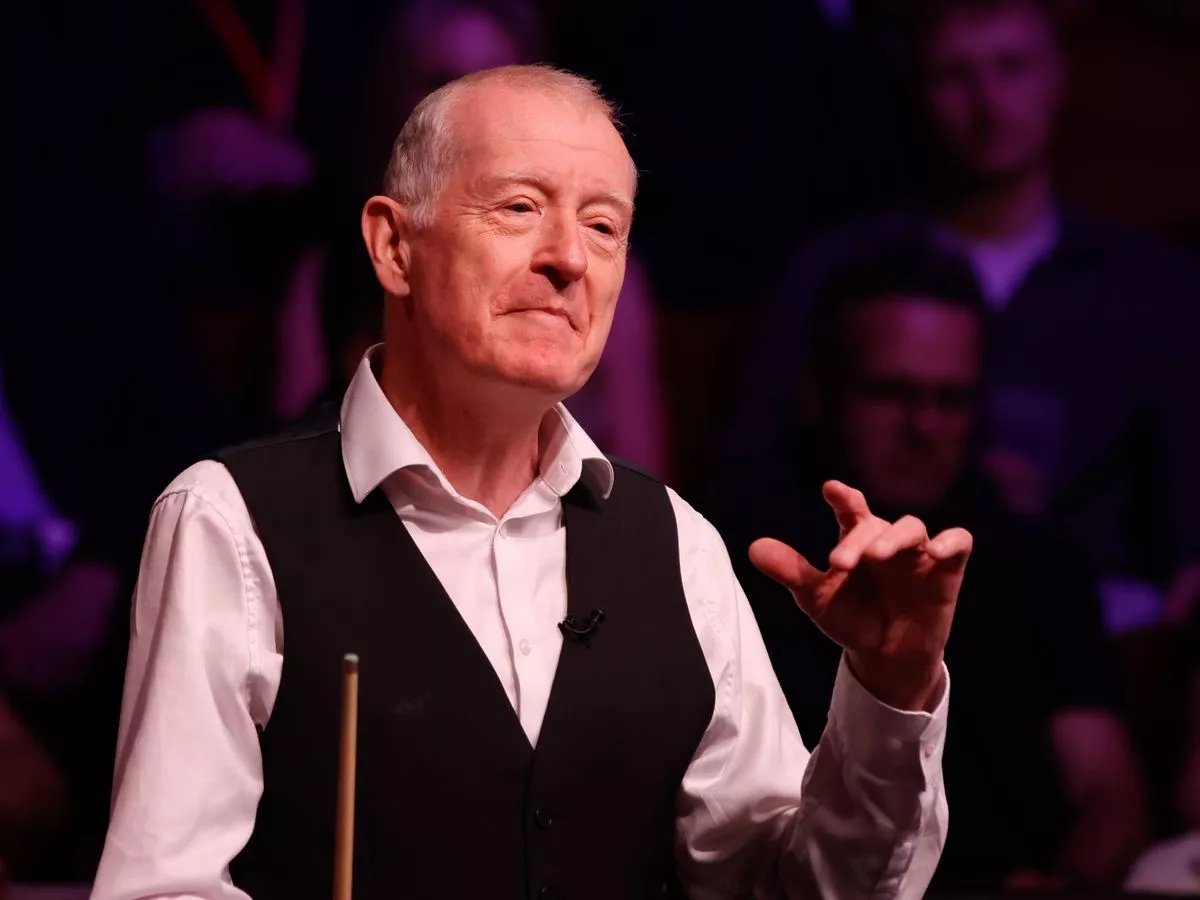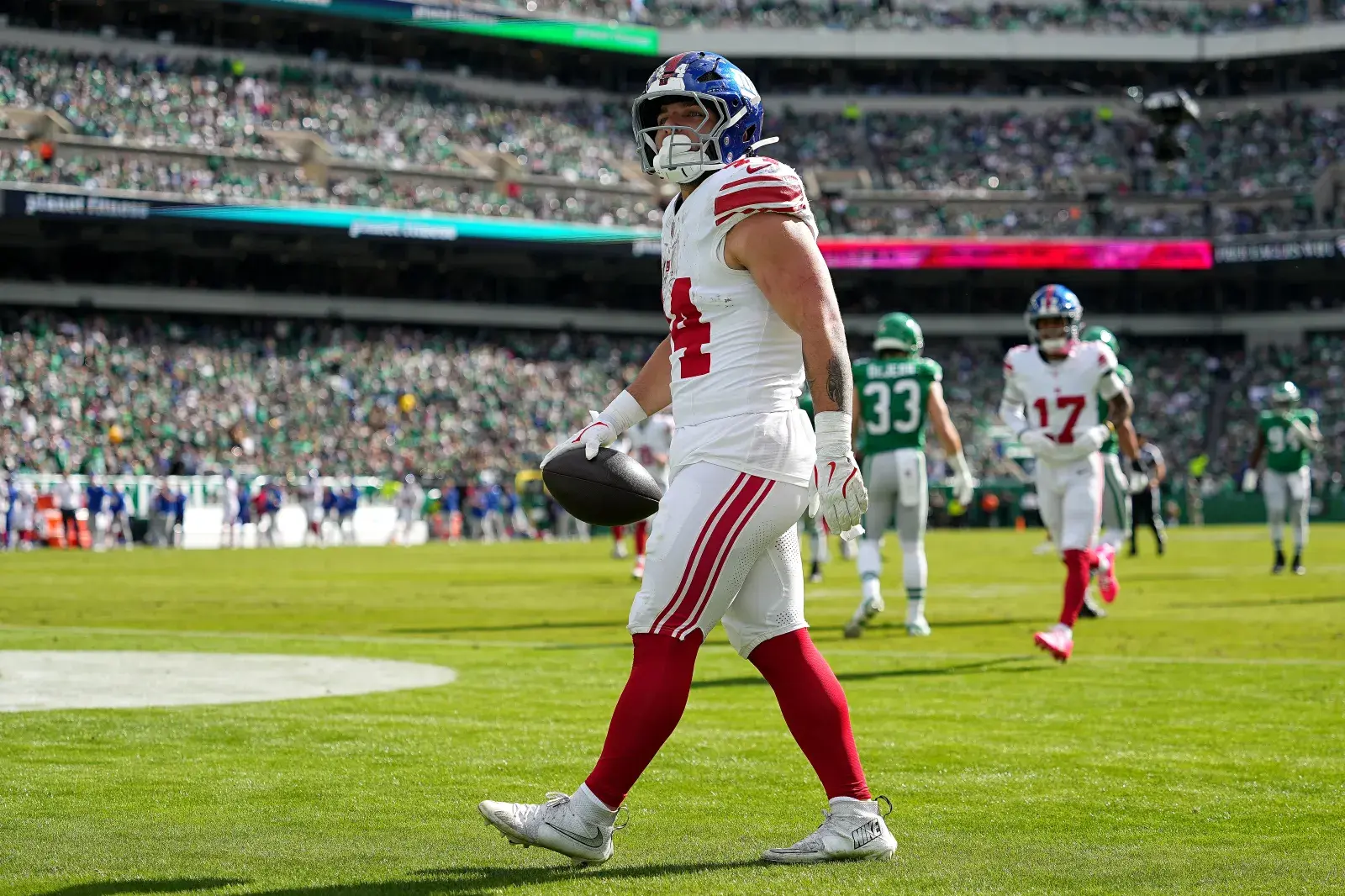Copyright The Philadelphia Inquirer

A 13-year-old boy visited his pediatrician’s office for his yearly physical accompanied by his father. When the doctor started asking him screening questions to clear him for safe participation in sports, the patient told her that he wouldn’t need sports clearance this year. Having known this teen for several years, his pediatrician knew that he was an avid basketball player on the school team and a community team. When she inquired as to why he was stopping, the teen shrugged and said he didn’t feel like it anymore. His father was concerned and told the doctor that at the end of the previous school year his son had started skipping physical education classes and didn’t want to play basketball anymore. The doctor asked the teen whether he had any pain or shortness of breath that was limiting his ability to play sports. The teen did have asthma, but he used his albuterol inhaler 15 minutes before physical activity, which stopped him from feeling out of breath. As she does in every adolescent physical, the doctor spoke to the teen alone. She asked him whether he had little pleasure or joy in doing other things, because a sudden loss of interest in is a red flag for depression. He denied that — he still enjoyed basketball, and he had been shooting hoops on his own in a local park over the summer. He denied feeling down, having trouble with his sleep, or using any drugs. Finally, the teen opened up and told his doctor what was on his mind: Since the end of last school year he had been growing “breasts,” and he felt embarrassed in the changing rooms and with how his chest looked in his basketball jersey. “Is this normal or is something wrong with me?” he asked. The doctor explained that breast enlargement (“gynecomastia”) in adolescent males is often normal, but a physical exam would help to rule out rarer causes. She asked the teen’s permission to discuss this issue with his father present, and to conduct a physical exam. The doctor told the teen’s father what they had been discussing. His father was surprised and relieved, telling his son that he had the same thing at his age, but it went away later. With the teen’s permission, the doctor examined his chest. She noted symmetrical, round swelling under both nipples. The swelling didn’t hurt to touch and felt uniform throughout. He otherwise appeared to be progressing normally through puberty. The doctor explained “pubertal gynecomastia” often starts in boys between the ages of 10 and 12 years and is most noticeable between 13 and 14 years. It is caused by an imbalance between hormones in the body, in androgens (like testosterone) and estrogen. In early puberty, males make lots of androgens from the adrenal glands. These androgens in the body get converted to extra estrogens, which cause the breast tissue to grow. Later in puberty, the testicles produce much more testosterone than they do estrogen, so the breast tissue doesn’t grow. Pubertal gynecomastia gets much better or goes away in more than 70% of teens after a year, though it may take up to three years for some males. The pediatrician reminded the teen that no one should be making him feel badly about the way his body looks, and to let a trusted adult know if that was happening. The teen reassured her that no one else had mentioned it but he had felt self-conscious. He was excited to resume basketball and he and his father made plans to do some extra drills to get him caught up for the season. In adolescent visits, your doctor may ask to speak to your teenager alone. This can be a great opportunity for your teen to develop some bodily autonomy and may provide a safe environment for them to ask questions about their bodies. It’s also important to talk to your teens about their changing bodies.



